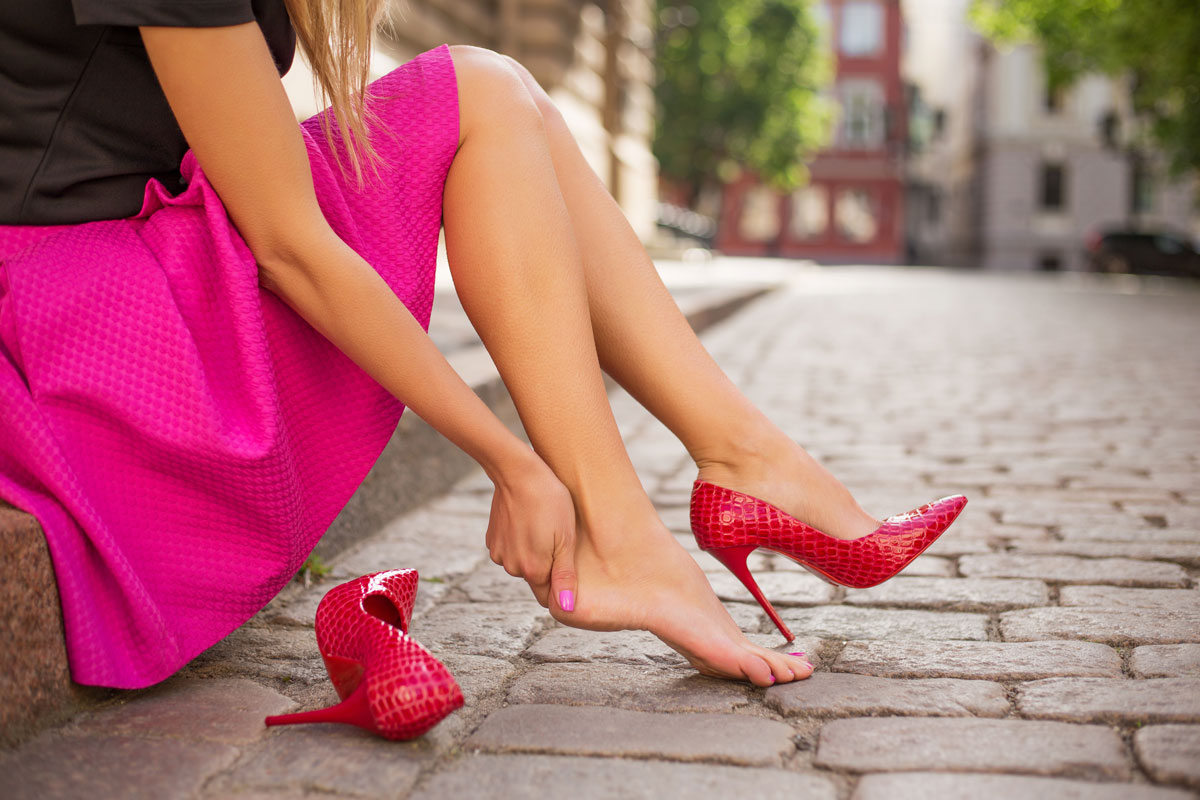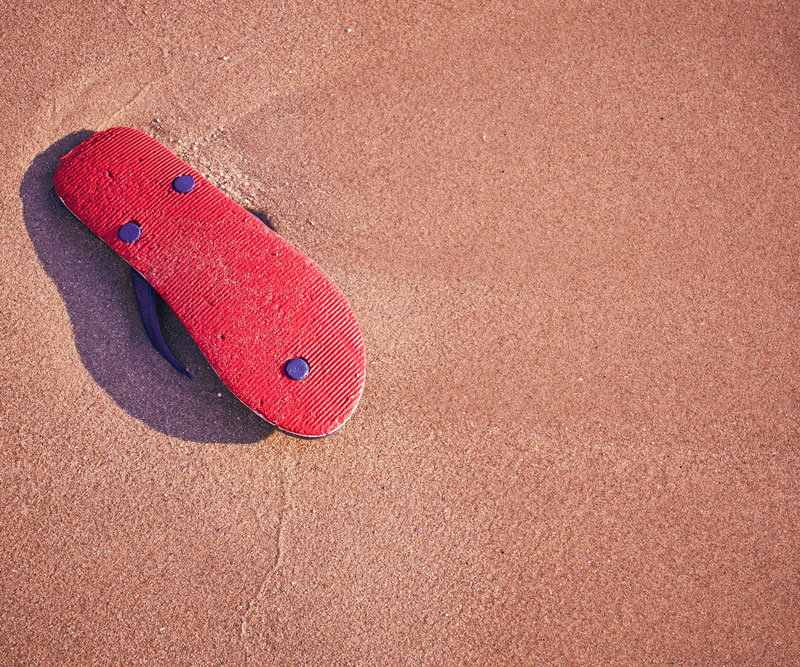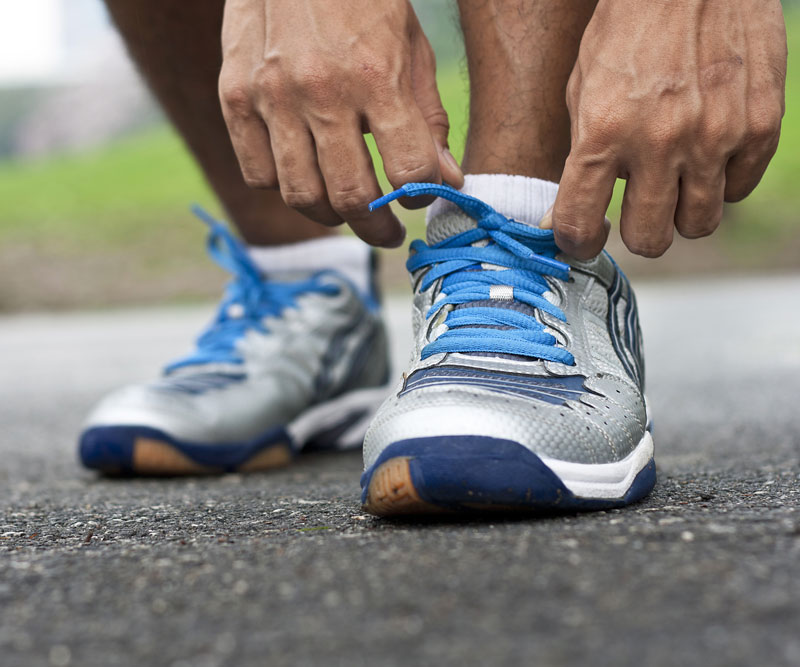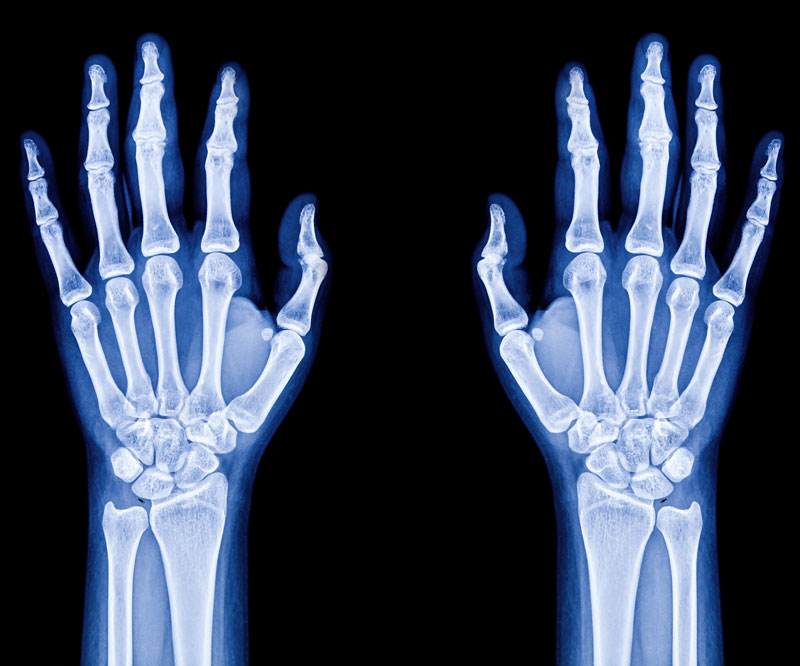
If The Shoe Doesn’t Fit … Seek Out a Podiatrist!
Made up of 26 bones connected by many joints, muscles, tendons and ligaments, the foot is one of the most complex parts of the body.
And for good reason – feet take on a weighty task, enduring several hundred tons of pressure every day.
So it should come as no surprise to learn that the foot is susceptible to many stresses.
Foot problems can cause pain, inflammation or injury that can result in limited movement and mobility.
Some common foot problems include:
- Heel spurs – A bone growth on the heel bone.
- Corns – Yellowish, callus growths that develop on the top of the toes.
- Bunions – A protrusion of bone or tissue around a joint.
- Hammertoes – A condition in which the toe buckles, causing the middle joint of the affected toe to poke out.
- Morton neuroma – A buildup of benign (noncancerous) tissue in the nerves running between the long bones of the foot.
- Plantar fasciitis – An overuse injury characterized by severe pain in the heel of the foot, especially when standing up after resting.
- Achilles tendonitis – Inflammation of the Achilles tendon caused by overuse of the tendon and calf muscles.
Poorly fitting shoes can worsen and, in some cases, are the root of foot problems. However, the right footwear can offer good support and prevent irritation to the foot joints and skin.
When picking out a pair of shoes, remember to aim low. Heels higher than 2 inches overload the ball of the foot, causing pain and numbness. They also can contribute to ankle injuries, instability and falls.
Flats also can lack support, so wear them for limited periods, and try adding inserts.
If you do choose to wear high heels, stash a pair of athletic shoes and socks in the car for running errands or commuting to work. Switch into a more suitable shoe when you arrive at your destination.
Here are some other ways to keep your feet in tip-top shape:
- Choose boots and shoes made of leather instead of synthetic materials, which allow air to flow in and keep feet dry. For sandals and slippers, leather prevents blisters.
- Seek out shoe styles with deep, roomy toe boxes. Pointy shoes can pinch toes and aggravate hammertoe.
- Opt for the proper athletic shoes to match your activity or sport.
If you’re plagued by persistent foot problems, consult the advice of a podiatrist.
Podiatrists diagnoses and treat conditions of the foot, ankle and related structures of the leg, and are the most qualified doctors to care for your feet.
Published on: August 8, 2016




